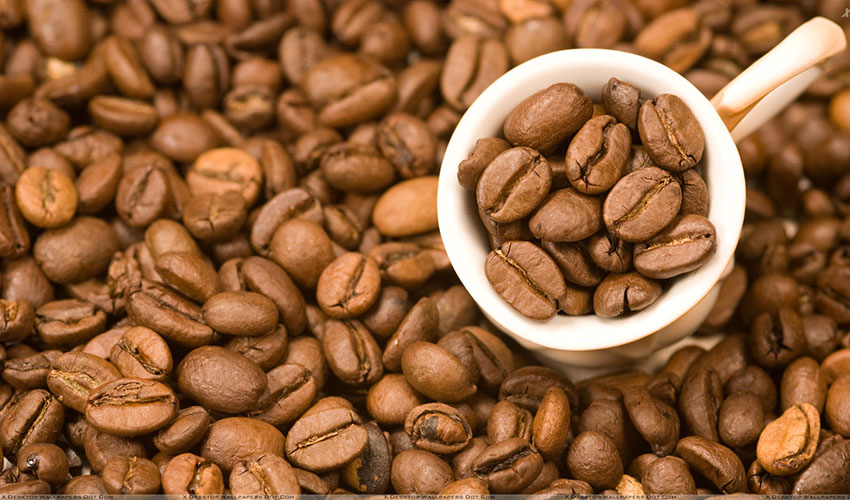The History of the Orgin of Yunnan Coffee
Yunnan grows coffee! When people are being asked about Yunnan, most would associate it to the place that grows the famous Pu’er Tea. However, Yunnan has a long history of growing coffee all the way back to 1892. The first recorded history shows that in 1892 a French missionary had brought a coffee plant and cultivated it in Binchuan mountain valley of Yunnan province. Chinese people treated coffee as a type of herbal medicine as it has the similar features as ginseng. Nevertheless, after the Communist Revolution of China, the coffee industry decreased from 4,000 hectares to less than 300 hectares in the 70s. 10 years later, as China began its’ Opening and Reform movement, Nestle Company was invited to develop the coffee industry in Yunnan. As a result, by 1997, Yunnan already has 7,800 acres of coffee were being cultivated, and by 2013, that number doubled to 130,000 acres.

Lorem ipsum dolor sit amet, consectetuer adipiscing elit, sed diam nonummy nibh euismod tincidunt ut laoreet dolore magna aliquam erat volutpat. Ut wisi enim ad minim veniam, quis nostrud exerci tation ullamcorper suscipit lobortis nisl ut aliquip ex ea commodo consequat.
BaoShan: A city in Yunnan was awarded the “Coffee City” of China. Produces 30% of all China’s coffee output. In 1950s, Chinese decendent from Southeast Asian Liang Jinshan brought in the finest coffee plants and started cultivating. That breed was named Lu Jiang Bei breed, which won the first place of the coffee festival of London in late 1950s. Boshan has an elevation above 1000 meters, and all coffee plants are planted above the elevation of 1600 meters.
Lorem ipsum dolor sit amet, consectetuer adipiscing elit, sed diam nonummy nibh euismod tincidunt ut laoreet dolore magna aliquam erat volutpat. Ut wisi enim ad minim veniam, quis nostrud exerci tation ullamcorper suscipit lobortis nisl ut aliquip ex ea commodo consequat. Claritas est etiam processus dynamicus, qui sequitur mutationem consuetudium lectorum. Mirum est notare quam littera gothica, quam nunc putamus parum claram,